

If you’ll be retiring this year, you may be looking forward to more free time to focus on what you enjoy. As you start making plans, you need to set out your expectations and how you’ll create an income. To do that, a bit of planning is required, and these eight steps are a great place to start.
1. Set a retirement date
The first step is to decide exactly when you want to retire. It can help ensure you have everything in order.
A phased approach to retirement is becoming more popular. Whether you want to cut down your working hours or switch to a less demanding job, a phased approach can ease you into retirement. If this is your preference, set out a time frame for when you want to give up work completely as well.
2. Think about the retirement lifestyle you want
How do you want to spend your time in retirement? This next chapter of your life is a great opportunity to tick off bucket-list items and create a lifestyle that suits you.
According to interactive investor’s The Great British Retirement Survey 2021, travelling is a top priority. 3 in 10 workers said they hope to travel more when they retire. Whether that’s your goal or you have something else in mind, you should consider what you want your day-to-day life to be like, as well as the one-off experiences you’d like to have.
3. Calculate your income needs
Once you have a clear picture of what you want your retirement to look like, you should calculate how much this lifestyle will cost. Understanding your income needs means you can assess how to access your pension and other assets, as well as highlight where there may be a shortfall.
As well as expected costs, it’s just as important to create a buffer should the unexpected happen. Taking measures to build an appropriate safety net means you can have confidence in your financial plan throughout retirement.
4. Consider if your income needs will change during retirement
Retirement can last for decades and it’s likely your income needs will change. This could be down to changes in your circumstances. Inflation will also affect how much income you need.
As the cost of living rises, your income will also need to increase to maintain your spending power. If you don’t consider inflation when making a retirement plan, you could find your income affects your lifestyle in your later years.
5. Factor in life expectancy
When calculating how much you need to retire, life expectancy is an important factor. The interactive investor report found that 41% of workers are worried about running out of money when they give up work. Understanding how long your pensions and other assets need to last can help ease these concerns.
According to the Office for National Statistics, a 66-year-old man has an average life expectancy of 85. For a woman, their life expectancy would be 87. Keeping in mind that many people will live beyond the average age, will your plan provide you with enough income if you were to live into your 90s?
6. Think about if you want to take a lump sum from your pension
If you have a defined contribution (DC) pension, you can usually take a 25% tax-free lump sum. This can be attractive and help you kickstart your retirement plans. However, withdrawing a significant sum from your pension at the start of retirement can have a long-lasting effect. You should carefully weigh up whether it would reduce your income for the rest of your retirement, and the effect this would have on your plans.
7. Check how much State Pension you will receive
The State Pension provides a reliable income in retirement. It can create a base to cover your essential costs, which your other pensions and assets can complement. How much State Pension you will receive will depend on your National Insurance record. The State Pension Age for men and women is now equal and slowly rising, so you should also check when you’ll be entitled to the State Pension. You can check both of these things on the government’s website.
8. Review your pensions
Finally, you need to review your other pensions. This may include workplace pensions and self-invested personal pensions. Remember to go through your paperwork carefully as you’re likely to have multiple pensions. 66% of workers have more than one pension, the interactive investor report found, and it can be easy to misplace the details.
You should ensure you have the current value of all your pensions, as you’ll need to decide how to use them to create an income in retirement. It’s also worthwhile evaluating other assets you may have, such as investments or property, which could be used to create an income.
49% of workers see retirement as a time of financial freedom and independence
Almost half of workers see retirement as a time of financial freedom, the Great British Retirement Survey 2021 found. While this can often be achieved, it requires a financial plan. With the information you’ve gathered in the above eight steps, you need to consider how and when to access different assets you have to turn your retirement dreams into a reality.
It can be difficult to know how to bring different assets together to create security in retirement and how to effectively plan for long-term events that may be out of your control. That’s why we’re here to offer you support every step of the way. If you’re retiring in 2022, please contact us to start building a retirement plan that matches your goals.
Please note: This blog is for general information only and does not constitute advice. The information is aimed at retail clients only.
A pension is a long-term investment not normally accessible until 55 (57 from April 2028). The value of your investments (and any income from them) can go down as well as up, which would have an impact on the level of pension benefits available.
Your pension income could also be affected by the interest rates at the time you take your benefits. The tax implications of pension withdrawals will be based on your individual circumstances. Levels, bases of and reliefs from taxation may change in subsequent Finance Acts.



